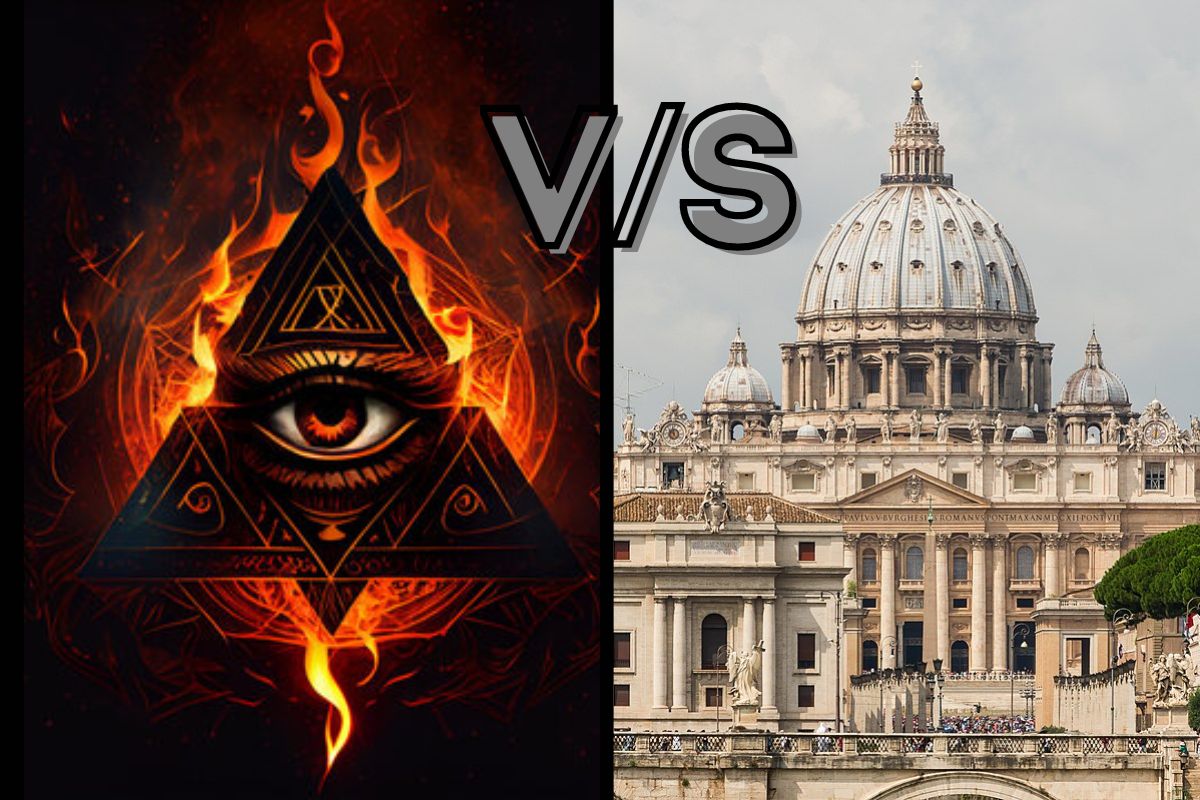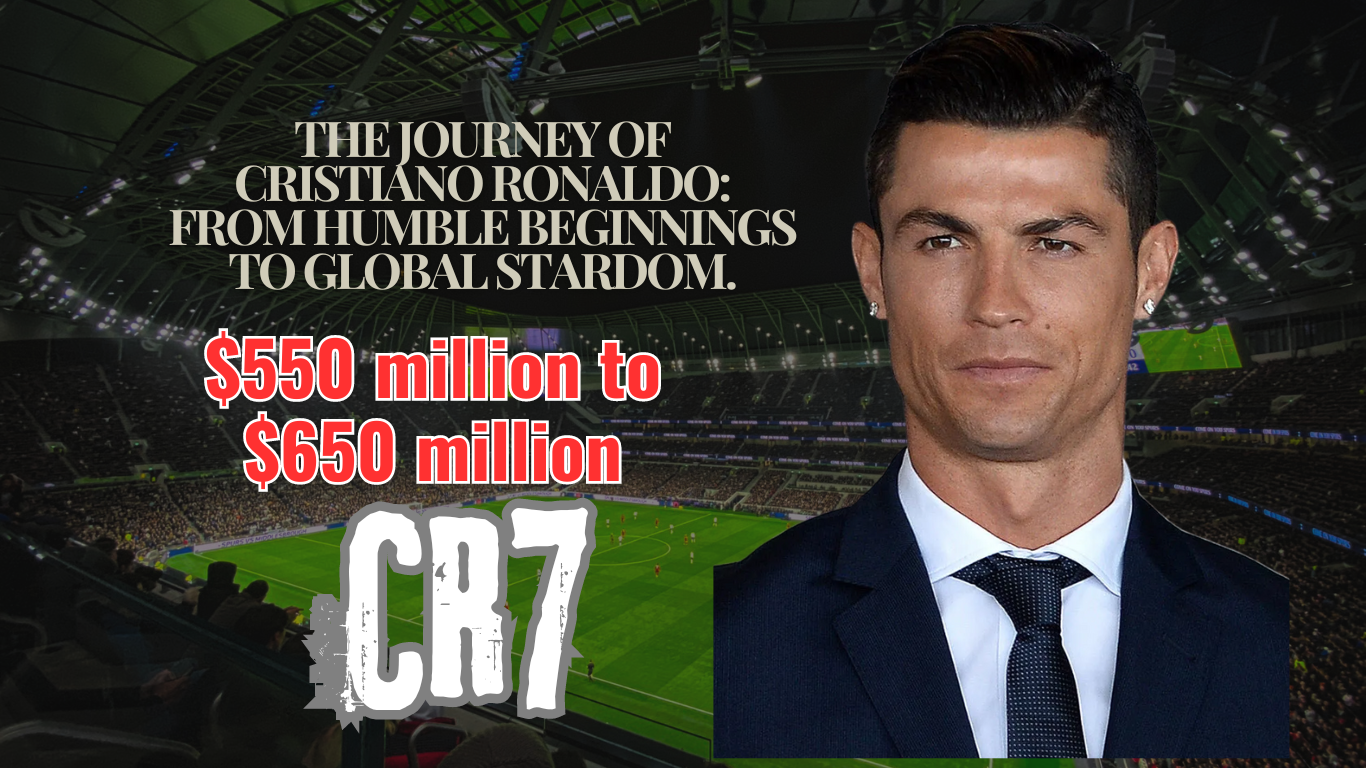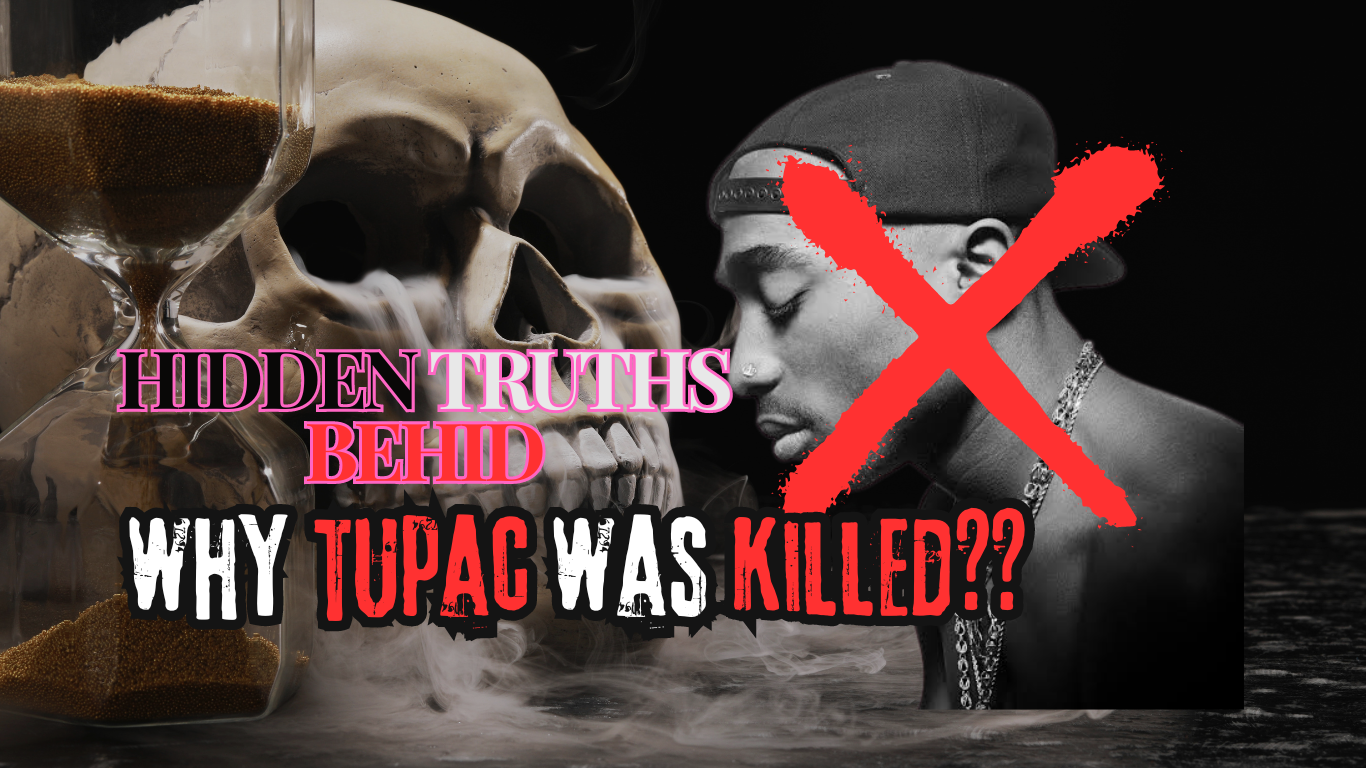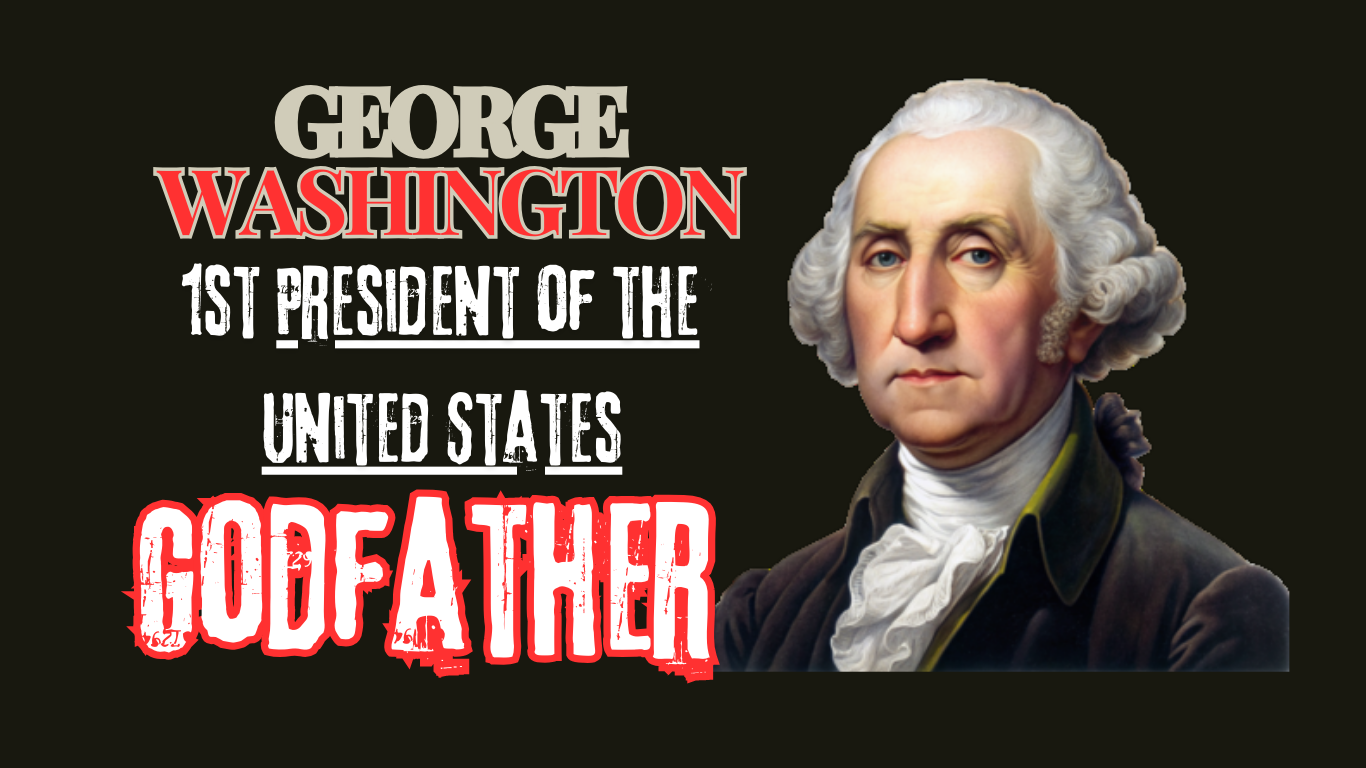The Enlightenment, an intellectual movement in the 17th and 18th centuries, brought forth a wave of ideas that emphasized reason, individualism, and skepticism of traditional authority. This period, characterized by a departure from the dogmatic control of the Church, saw the emergence of secret societies like the Illuminati. These societies became a focal point of tension, particularly with the Catholic Church, which was struggling to maintain its influence over the masses. The conflict between the Illuminati and the Catholic Church during this era is a complex narrative woven with intrigue, power struggles, and ideological warfare.
The Rise of the Illuminati.
The Illuminati was founded on May 1, 1776, by Adam Weishaupt, a professor of canon law at the University of Ingolstadt in Bavaria. Weishaupt’s vision for the Illuminati was to create a group that would promote Enlightenment ideals, challenging the established norms imposed by religious and governmental authorities. The Illuminati sought to foster free thought, advocate for scientific reasoning, and oppose the influence of religious dogma, particularly that of the Catholic Church.
Weishaupt’s Illuminati quickly grew in numbers, attracting intellectuals, politicians, and influential figures who were disillusioned with the authoritarianism of the Church and the monarchies of Europe. The organization’s structure was secretive, with a hierarchical system that allowed for discreet communication and operations. This secrecy, coupled with the organization’s radical ideas, made the Illuminati a significant threat in the eyes of the Catholic Church.
The Catholic Church’s Struggle for Power.
During the Enlightenment, the Catholic Church was one of the most powerful institutions in Europe, exerting control over the spiritual and, to a large extent, the political life of its followers. However, the rise of Enlightenment thinking posed a direct challenge to the Church’s authority. Philosophers like Voltaire and Rousseau criticized the Church’s dogma, advocating for a society based on reason rather than faith.
The Catholic Church viewed the Illuminati as a direct threat to its power and influence. The Church had long relied on its monopoly over religious and moral guidance to maintain control over the populace. The Enlightenment’s push for individual rights, freedom of thought, and secular governance was seen as a dangerous erosion of the Church’s authority. The Illuminati, with its anti-clerical stance, represented the culmination of these Enlightenment ideals, and thus, the Church sought to suppress the organization at all costs.
Confrontation and Suppression.
The tension between the Illuminati and the Catholic Church came to a head as the Church began to take aggressive measures to curtail the influence of the Illuminati. The Bavarian government, under the influence of the Catholic Church, issued edicts in 1784, 1785, and 1787 banning the Illuminati and other secret societies. These bans led to the arrest of many members of the Illuminati and the confiscation of their writings and documents.
Despite these efforts, the ideas propagated by the Illuminati had already permeated the intellectual landscape of Europe. The Church’s attempts to suppress the Illuminati only fueled the mythos surrounding the organization, leading to conspiracy theories that the Illuminati continued to operate in the shadows, influencing political events from behind the scenes.
Ideological Warfare.
The conflict between the Illuminati and the Catholic Church was not merely a physical or legal battle; it was an ideological warfare. The Illuminati represented the burgeoning secularism of the Enlightenment, advocating for the separation of church and state, freedom of expression, and the promotion of scientific inquiry. On the other hand, the Catholic Church was staunchly defending its centuries-old doctrine, which placed the Church at the center of moral and political life.
This ideological battle was reflected in the literature, art, and political discourse of the time. Enlightenment thinkers often portrayed the Church as an oppressor of knowledge and freedom, while the Church depicted the Enlightenment and the Illuminati as harbingers of chaos and moral decay. This dichotomy between reason and faith, science and religion, would continue to shape European thought well into the 19th century.
The Lasting Impact on European Society.
The tension between the Illuminati and the Catholic Church during the Enlightenment had far-reaching consequences for European society. The struggle between these two powerful entities contributed to the eventual decline of the Church’s influence over European governments and the rise of secular states. The Enlightenment’s emphasis on reason and individual rights laid the groundwork for modern democratic societies, where freedom of thought and expression are valued.
The myth of the Illuminati also endured, evolving over time into various conspiracy theories that persist to this day. These theories, often portraying the Illuminati as a shadowy organization controlling world events, are a testament to the lasting impact of the Enlightenment-era conflict between the Illuminati and the Catholic Church.





Leave a Reply